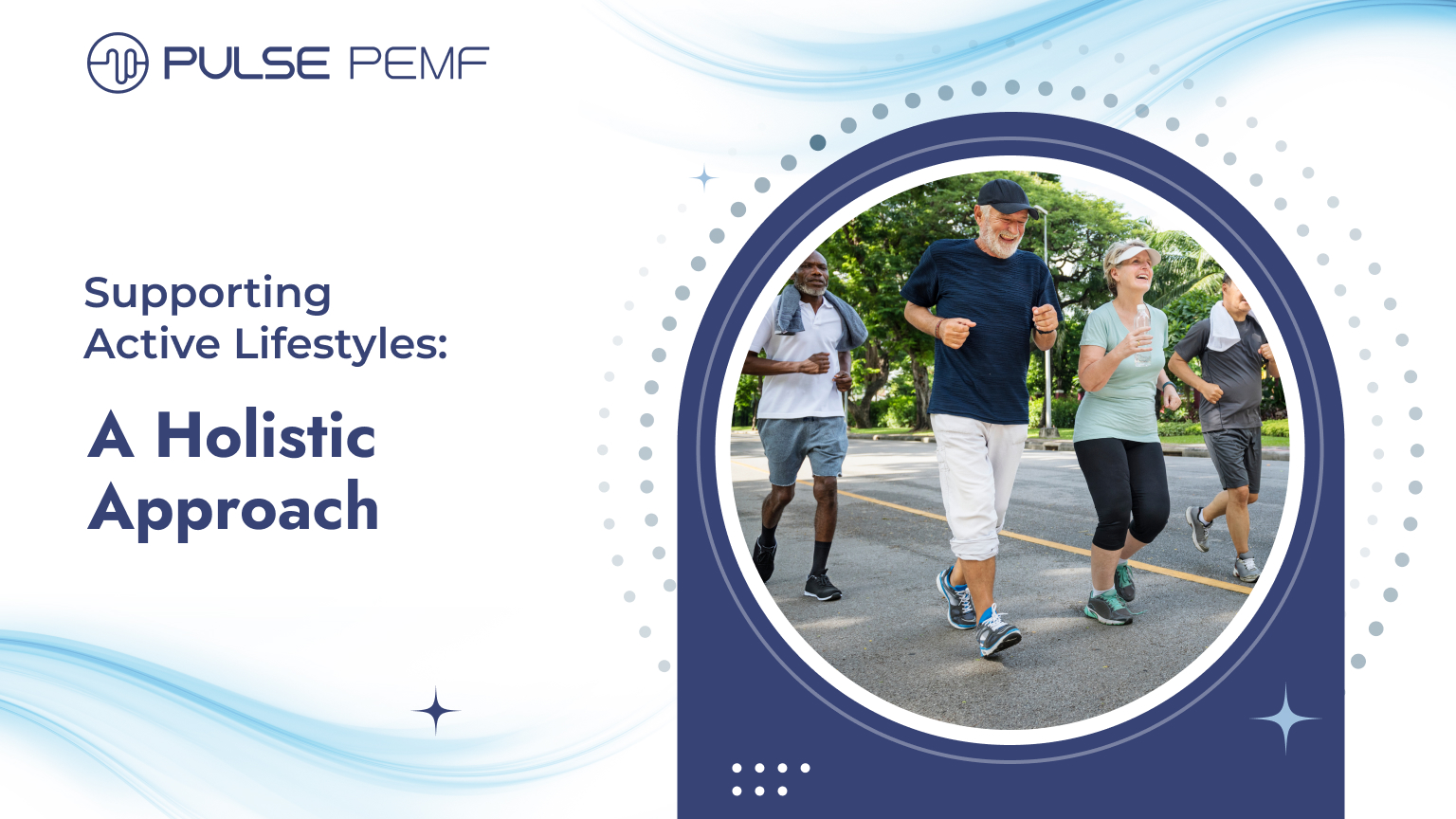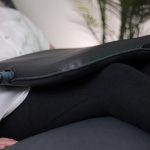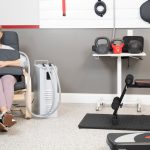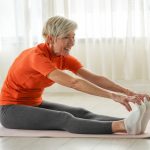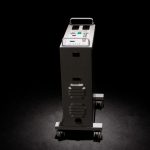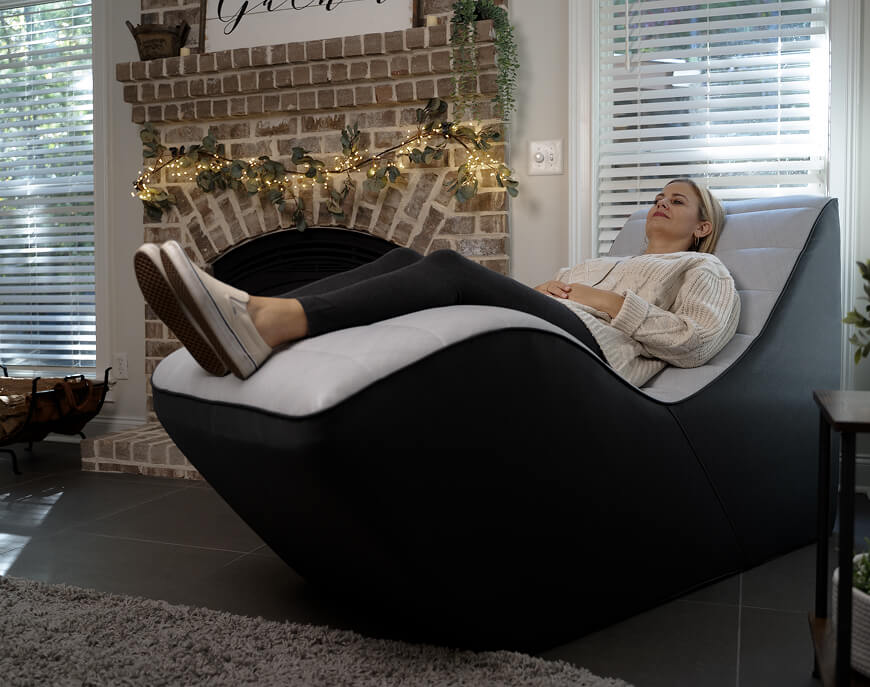Maintaining an active lifestyle is crucial for overall health and well-being. Regular physical activity can help prevent chronic diseases, improve mental health, and enhance quality of life. However, achieving and sustaining an active lifestyle requires a holistic approach that addresses all aspects of your health.
In this blog, we’ll explore various holistic strategies to support and enhance your active lifestyle including PEMF therapy.
Let’s dive right in!
The Pillars of a Holistic Active Lifestyle
Physical Activity
Regular exercise is a cornerstone of a healthy, active lifestyle. It provides numerous benefits, including improved cardiovascular health, stronger bones, and increased energy levels.
Types Of Physical Activities To Consider:
- Cardiovascular exercise: Activities that raise your heart rate, such as running, swimming, cycling, or dancing.
- Strength training: Exercises that build muscle mass and increase strength, such as weightlifting or bodyweight exercises.
- Flexibility exercises: Activities that improve your range of motion and prevent injuries, such as yoga, Pilates, or stretching.
Tips For Incorporating Exercise Into Daily Routines:
- Find activities you enjoy: Exercise is much more enjoyable when you find physical activities that you like doing. Try out different things until you find what works for you.
- Set realistic goals: Don’t feel pressured to reach your end goal right away. Start with achievable goals and gradually increase the intensity and duration of your workouts.
- Make exercise a priority: Schedule time for exercise in your daily routine and treat it as a non-negotiable commitment. Just like going to work or school, make it a habit to prioritize your physical health.
Nutrition
A balanced diet is essential for fueling your body and supporting an active lifestyle. It provides your body with the nutrients it needs to repair and rebuild muscles, produce energy, and maintain overall health.
Important Key Nutrients For Active Individuals
- Protein: High-protein foods like chicken, salmon, tofu, and eggs are essential for building and repairing muscles.
- Carbohydrates: Carbohydrate-rich foods like quinoa, black beans, oats and potatoes provide your body with energy.
- Vitamins and minerals: Vitamin and mineral-rich foods like fruits, vegetables and dairy are essential for energy production, immune function, and bone health.
Meal Planning And Healthy Eating Tips
- Plan your meals ahead of time: This will help you make healthy choices and avoid unhealthy temptations.
- Eat a variety of fruits and vegetables: Fruits and vegetables are packed with nutrients and low in calories.
- Choose lean protein sources: Opt for lean protein sources such as chicken, fish, beans, and lentils.
- Limit processed foods and sugary drinks: These foods are often high in unhealthy fats, added sugars, and sodium.
Mental Well-being
Regular physical activity can have a significant impact on your mental health. It can help to reduce stress, anxiety, and depression, and improve your mood.
In addition to physical activity, there are many other practices you can incorporate into your routine to support your mental well-being. We’ll dive into some specific mindfulness practices further on in the blog.
It’s also essential to make time for rest and relaxation in your schedule. Getting enough sleep and taking breaks from physical activity can help prevent burnout and improve your overall well-being. We’ll share more specific relaxation techniques in the following sections.
Integrating PEMF Therapy into an Active Lifestyle
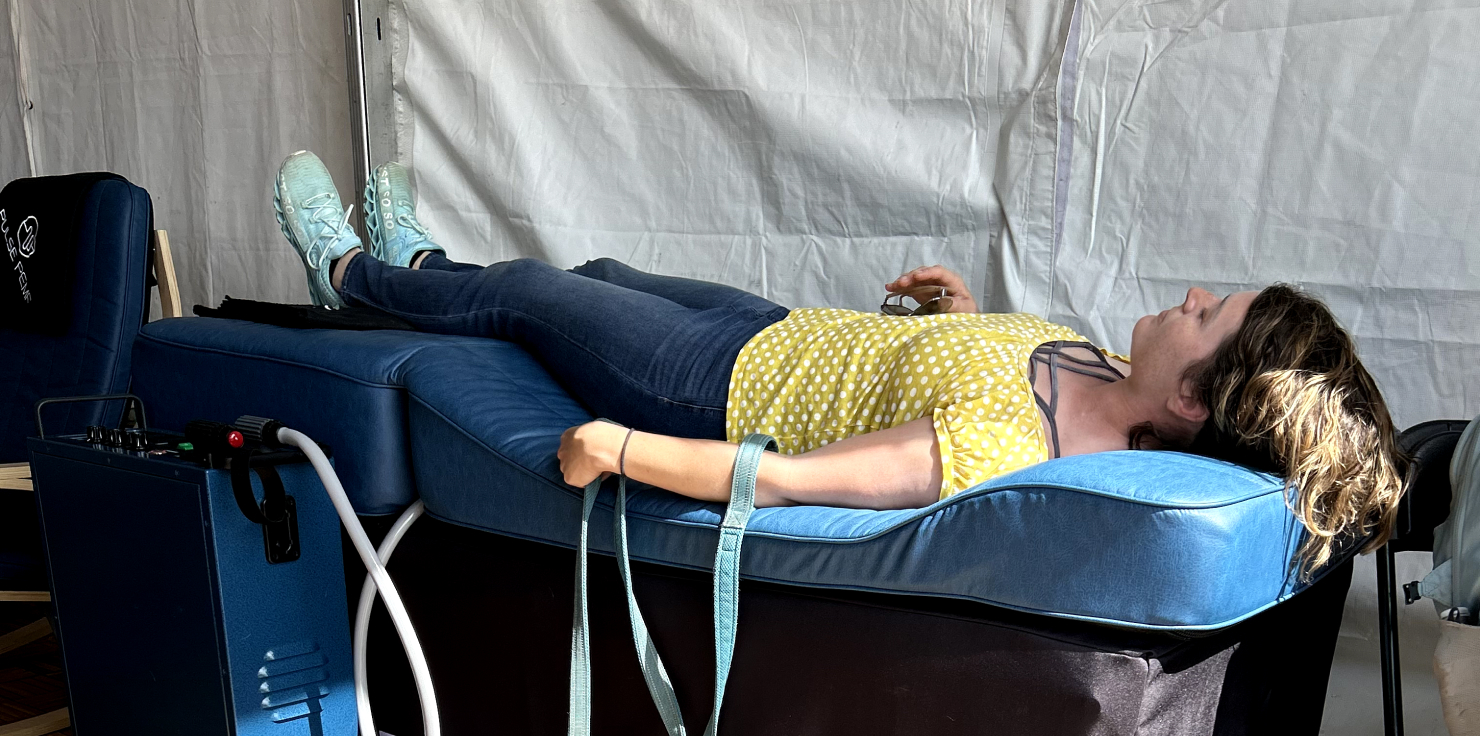
Benefits of PEMF Therapy for Active Individuals
PEMF therapy can be a valuable addition to an active lifestyle. It utilizes electromagnetic pulses to help our body’s cells function better overall.
When our cells have the energy they need to do their jobs better, a range of beneficial effects can occur. These could include:
- Improved muscle recovery: PEMF may help reduce muscle soreness and fatigue, allowing you to recover more quickly from workouts.
- Enhanced performance: PEMF may help improve your energy levels, stamina, and overall athletic performance.
- Reduced pain: PEMF therapy may help alleviate overall pain and discomfort.
Practical Applications of PEMF Therapy
PEMF therapy can be utilized in numerous ways to enhance and support your active lifestyle. Here are some examples:
- Post-workout recovery: Use PEMF therapy to support muscle recovery after intense workouts.
- Pain reduction: Apply PEMF therapy to areas of pain to support discomfort reduction.
- Performance enhancement: Use PEMF therapy before workouts to support boosted energy levels.
Holistic Practices for Physical Health
Balanced Exercise Routines
A balanced exercise routine should include a mix of cardio, strength training, and flexibility exercises. This will help you develop a well-rounded fitness level and reduce your risk of injury.
Remember, it’s important to warm up before your workouts to prepare your muscles and joints for activity. A cool-down can help prevent soreness and stiffness.
Hydration and Nutrition Strategies
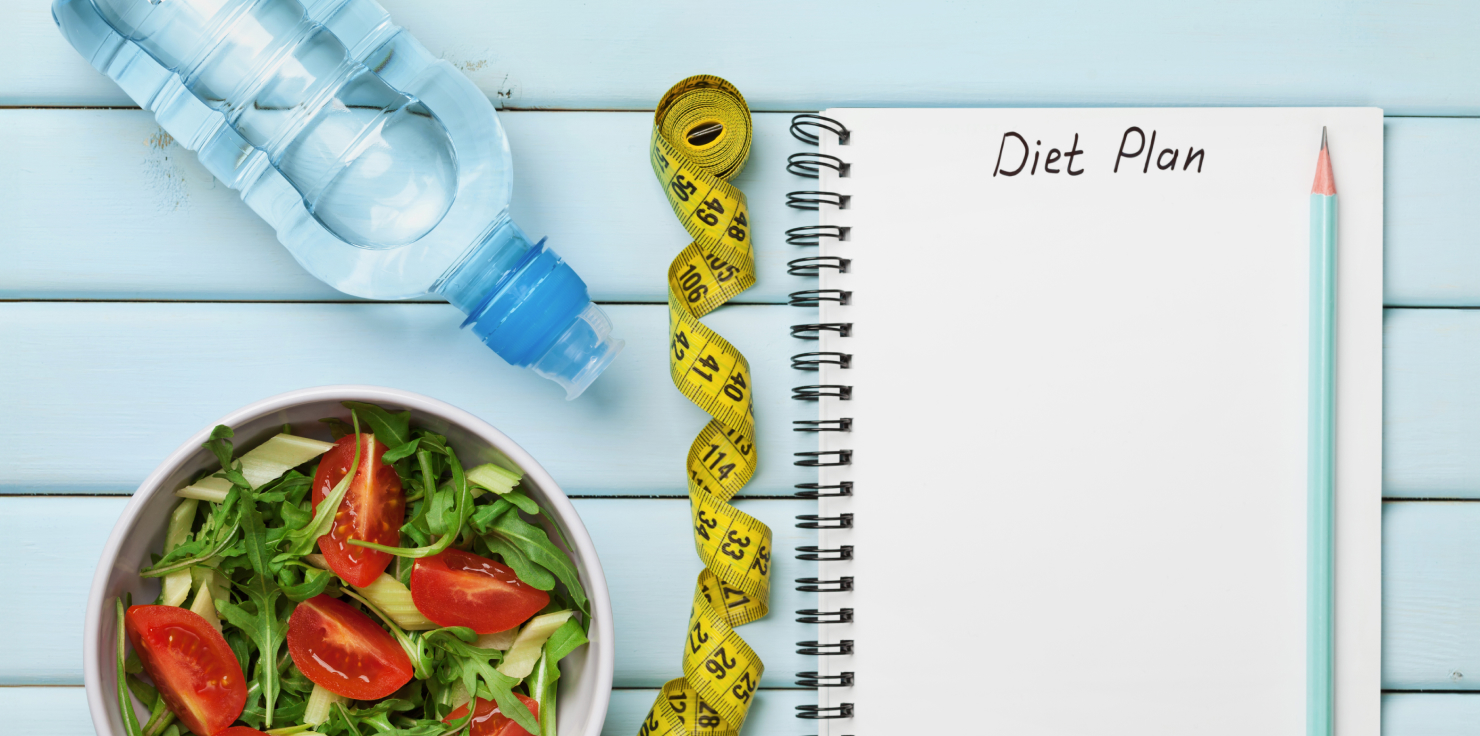
It’s essential to stay hydrated, especially when you’re active. Drink plenty of water throughout the day, and pay attention to your body’s thirst cues.
Eating a balanced meal before your workout can provide you with the energy you need to perform at your best. After your workout, it’s important to refuel your body with a nutritious meal or snack.
Rest and Recovery Techniques
Getting enough sleep is essential for recovery and overall health. There are many things you can do to improve your sleep quality, such as:
- Establishing a regular sleep schedule
- Creating a relaxing bedtime routine
- Avoiding caffeine and alcohol before bed
- Ensuring your bedroom is dark, quiet, and cool
- Active recovery practices such as stretching and yoga
Active recovery can also help you recover from your workouts and prevent injuries. Consider incorporating stretching or yoga into your routine.
To learn more about combining PEMF therapy with recovery and mindfulness practices, check out this blog.
Mental and Emotional Health Support

Stress Management
Techniques for managing stress
Chronic stress can lead to a variety of physical health problems, including:
- Digestive issues
- Muscle pain
- Headaches
- Weakened immune system
Stress can also interfere with your ability to perform at your best.
There are many techniques that you can use to manage stress, such as:
- Deep breathing exercises
- Mindfulness meditation
- Progressive muscle relaxation
- Spending time in nature
Mindfulness and Meditation
Mindfulness and meditation practices can help you reduce stress, improve focus, and enhance overall well-being. Simple mindfulness and meditation exercises you could try include:
Focused attention: Pay attention to your breath or a specific object.
Body scan meditation: Gradually bring your attention to different parts of your body.
Community and Social Support
Building a Supportive Community
Having a supportive network of friends, family, or like-minded individuals can make it easier to maintain an active lifestyle.
Tips for finding and building a fitness community:
- Join a gym or fitness class: This can provide opportunities to meet new people and make friends.
- Participate in group activities: Join a running club, hiking group, or sports team.
- Use social media: Connect with others who share your interests on social media.
Participating in Group Activities
Group exercises and classes can also be a fun and motivating way to stay active. Plus, they can provide opportunities for social interaction and support.
Ideas for group activities:
- Team sports: Soccer, basketball, volleyball, or other team sports.
- Group fitness classes: Zumba, yoga, Pilates, or spin classes.
- Hiking or biking groups: Join a local hiking or biking club.
Personalizing Your Holistic Approach
Assessing Individual Needs and Goals
To create a sustainable active lifestyle, it’s important to set personal health and fitness goals that are realistic and achievable. Here are some important tips to consider:
Consider your current fitness level: Start with activities that are appropriate for your abilities and gradually increase the intensity.
Listen to your body: Pay attention to your body’s signals and adjust your routine as needed.
Incorporate enjoyable activities: Choose activities that you enjoy to stay motivated.
Tracking Progress and Adjusting Plans
Tracking your progress can help you stay motivated and identify areas where you may need to make adjustments. You can use a fitness tracker, a journal, or a fitness app to track your progress.
Creating a Sustainable Active Lifestyle
Finding Enjoyable Activities
The most important thing is to find activities that you enjoy. This will make it easier to stay motivated and make exercise a regular part of your life.
Building a Supportive Community
Having a supportive community can make a big difference in your ability to maintain an active lifestyle. Find people who share your interests and can provide support and encouragement.
Overcoming Challenges
It’s normal to face challenges when trying to maintain an active lifestyle. But it’s important to remember that it’s okay to take breaks and start over.
Conclusion
A holistic active lifestyle encompasses a balanced approach to physical activity, nutrition, mental well-being, and community support. By incorporating these key components into your daily life, you can enhance your overall health, improve your quality of life, and achieve your fitness goals.
Remember, consistency is key to maintaining an active lifestyle. Start small and gradually build up your activity levels. Find activities that you enjoy and make them a priority in your life.
Take action today! Start implementing these holistic strategies into your daily routine and experience the benefits for yourself.
To learn more about how PEMF therapy can support your active lifestyle, contact us today! We can provide you with valuable information and resources to help you achieve your wellness goals.

